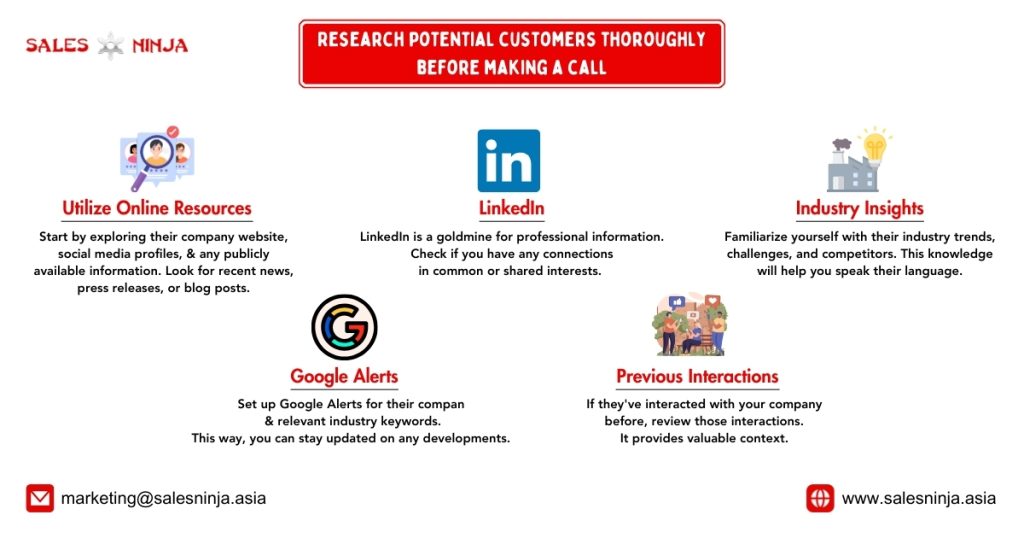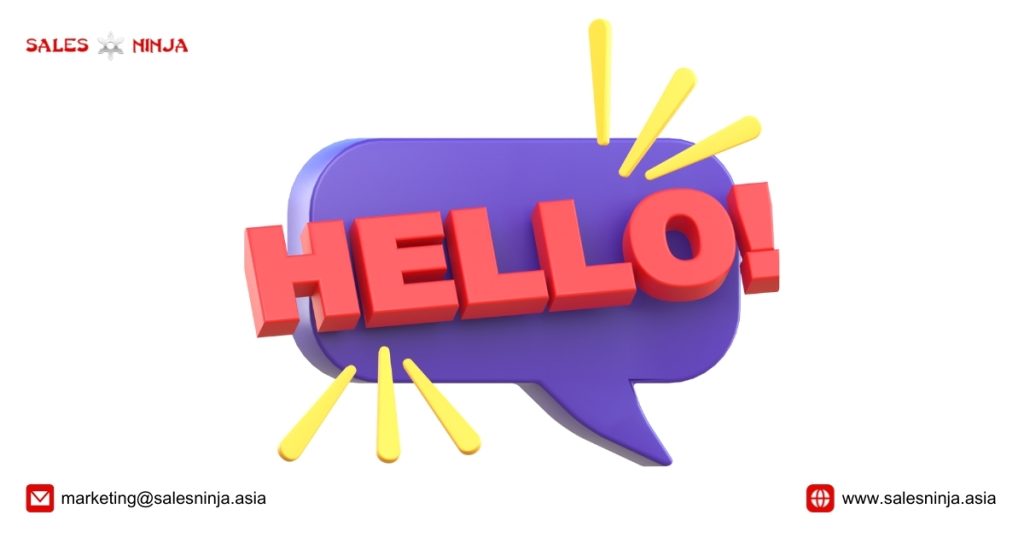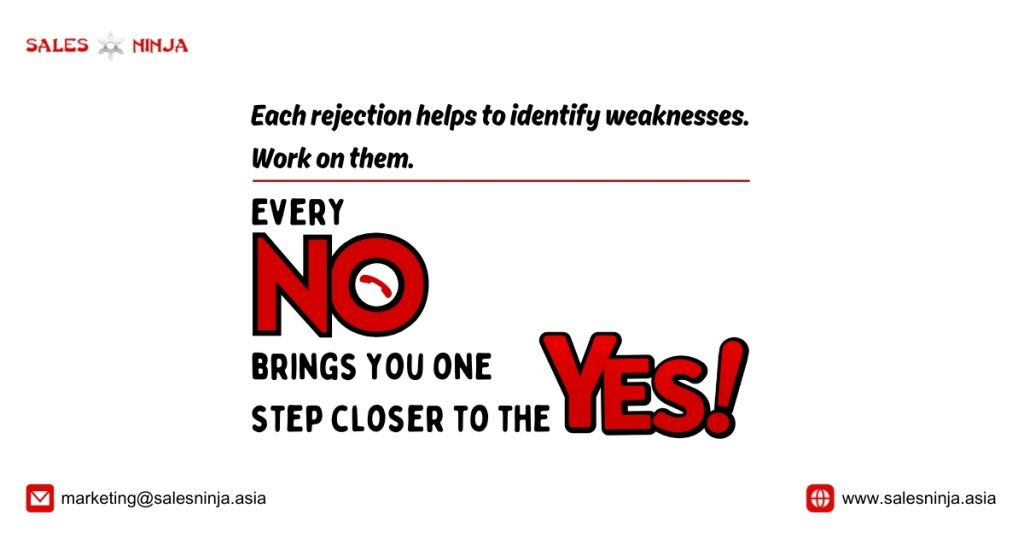Are you one of those who believe cold calling is a thing of the past? In today’s digital age, where social media, email marketing, and chatbots dominate, it’s normal to think of cold calling as an outdated and ineffective sales technique. But despite the emergence of new communication tools, cold calling remains a reliable method for businesses yet, especially small and medium-sized enterprises (SMEs), to connect with potential customers.
According to a study by RAIN Group, 82% of buyers are willing to meet with sellers who cold call. In another survey, 42.1% of respondents stated that the phone is the most effective sales tool they have. Of course, however, to make it work, you need a strategic and professional approach or techniques. So, here we’ll discuss 10 effective cold-calling techniques specifically designed to empower SMEs.
But before we get into that, let’s explore some fundamental concepts that will lay the foundation for our upcoming discussion.
What is cold calling?
Cold calling is a proactive way of reaching out to people or businesses who might not know about your product or service. It’s like making the first move to start a conversation.
You reach out to them to share details about what you offer. While it can feel daunting at times, it’s a way to connect with potential customers who might find value in your products or services.
The main goal of cold calling is to find new customers and promote your products or services directly to them. You’re essentially trying to create interest, arrange a sales meeting, or even close a deal with people who haven’t heard about your company before. The key is to do your homework and figure out who your product or service would be a great fit for. So, even though the call isn’t expected, you hope your audience sees it as a helpful solution they didn’t know they needed.
Why is cold calling important for small and medium-sized businesses?
Cold calling is particularly vital for Small and Medium-sized Businesses (SMEs) due to their limited resources and the need to establish a strong customer base swiftly and efficiently. How? Let’s break it down.
When you communicate with potential customers online, it’s not always easy to tell if they are genuinely interested. They might provide positive responses just to end the conversation quickly.
However, cold calling gives you a clear advantage that online interactions often lack. When you talk to someone directly, you can understand their emotions by how they sound and act. This helps you guide the conversation better and decide if they could become a valuable customer. Besides, a direct conversation over the phone is always much more powerful than a prospect simply reading blog posts or social media updates about your product launch.
Furthermore, building personal connections is the cornerstone of any business success. Cold calling excels at nurturing these connections, especially when you have limited resources for extensive marketing campaigns.
Additionally, cold calling enables you to uncover the pain points of your prospects. Understanding their questions and concerns when considering products or services like yours is incredibly valuable. This information can be leveraged by your sales, marketing, and product development teams to enhance overall sales performance.
Cold calling, therefore, remains a powerful tool for gathering crucial insights and nurturing customer relationships.
Cold Calling Techniques for SMEs: Transforming prospects into leads
Here are some cold-calling techniques to help you close more sales.
1. Research potential customers thoroughly before making a call–

Receiving a call from a salesperson who clearly knows nothing about the prospects or their needs will not be working and will be an immediate turn-off, trust me. So before making any calls, it’s important for SMEs to understand who they’re trying to reach and what type of information will interest them most. In this case, doing thorough research prior to reaching out will ensure prospects receive relevant messages tailored specifically towards addressing their needs or interests.
Now that you’ve understood the significance of research, let’s explore how to do it effectively:
- Utilize Online Resources: Start by exploring their company website, social media profiles, and any publicly available information. Look for recent news, press releases, or blog posts.
- LinkedIn: LinkedIn is a goldmine for professional information. Check if you have any connections in common or shared interests.
- Industry Insights: Familiarize yourself with their industry trends, challenges, and competitors. This knowledge will help you speak their language.
- Google Alerts: Set up Google Alerts for their company and relevant industry keywords. This way, you can stay updated on any developments.
- Previous Interactions: If they’ve interacted with your company before, review those interactions. It provides valuable context.
It will transform a seemingly impersonal call into a conversation that resonates with your prospect’s needs.
2. Create a draft of your conversation plan- keep it detailed
It’s essential for SMEs to have thoughtful, meaningful conversations with their prospects if they want to turn those prospects into paying customers. And a conversation plan is your script, your roadmap, and your strategy all rolled into one upon which you can build a meaningful and persuasive interaction. To do this efficiently, take the time beforehand to prepare conversation topics related directly back to those potential clients’ wants or needs. The aim is to guide the conversation towards a productive outcome while ensuring that your prospect feels heard and valued.

Having a detailed plan will instill your confidence. It means you won’t fumble for words or ideas during the call. You’ll know exactly what you want to convey and how to do it. This is particularly important when you have a limited window to engage your prospect.
So, according to your objectives add the key messages you want to convey during the call in your draft; keep them clear and concise. Additionally, you can prepare open-ended questions that will encourage dialogue and help you uncover the prospect’s needs.
But keep in mind, that it’s a guide, not a rigid script.
3. Choose the right time to call your prospect- the most important thing
People are more receptive to new information and conversations at certain points in their day. Catching them during these windows increases your chances of having a productive dialogue. Similarly, calling at an inconvenient time can irritate them as well.
When is the Right Time to Call?
The ideal time to make a cold call can vary depending on your industry and your target audience. Many professionals are most alert and open to discussions in the morning, typically between 9 AM and 11 AM. This is often seen as the golden window for cold calls.

However, try to avoid calling during the lunch break, usually around noon. People are more focused on their meals than your pitch. Perhaps, towards the end of the workday, around 4 PM to 5 PM, can sometimes be fruitful. But, be mindful that people might be wrapping up tasks and eager to leave, so keep your call concise.
Days of the Week: Mid-week, specifically Tuesdays and Wednesdays, tend to be the most favourable days for cold calling. Mondays can be hectic; Monday mornings are when people are catching up on emails and planning their week, so they’re less likely to engage in lengthy conversations. And, Thursdays and Fridays often find people thinking about the weekend.
If you’re calling prospects in different time zones, always consider their local time. Don’t be the early morning or late-night interruption.
However, keep track of when you have the most successful conversations and adjust your strategy accordingly. Additionally, be aware of holidays and local events that might influence your prospect’s availability.
4. Pay special attention to the greeting and introduction

It’s that initial moment where you either capture your prospect’s interest or risk losing their attention. So, when cold calling, it is important to pay special attention to the greeting and a strong introduction. For example, you can say, “Good morning, John! It’s Sarah from CyberShield Solutions. How are you doing today?” or maybe “Hello, John. This is Sarah from CyberShield Solutions. Thank you for taking my call.” Greeting someone in an appropriate manner shows respect and courtesy toward them, which makes people more likely to listen attentively throughout the rest of your presentation.
Besides, your introduction should be concise yet informative enough so that you can quickly gain their interest without sounding too rehearsed or robotic. Additionally, it’s important to remain professional while still being friendly. It might sound like this:
“Hello, John. It’s Sarah, and I’m calling from CyberShield Solutions. I noticed that your company has been dealing with cybersecurity concerns recently. I’m reaching out today to discuss how our advanced cybersecurity services have helped businesses like yours strengthen their defenses against cyber threats. Would you be open to a brief conversation about this?“
In this example, you’ve personalized the greeting, stated your name and company, communicated the purpose of the call, highlighted the value proposition, and engaged John with a relevant question while being respectful of his time.
5. Listen carefully and respond appropriately
An important skill necessary before beginning any conversation on the telephone is listening attentively after introducing yourself along with the firm’s purpose behind reaching out. Every voice conveys something unique that should cater to specific needs recipients have highlighted, instead of focusing rigidly framing pre-determined queries. When you genuinely listen, it conveys your sincerity and interest in the prospect’s situation.
Prospect: “We’ve been facing production delays due to equipment breakdowns.”
You: “I see, equipment breakdowns causing production delays. That must be challenging. Can you tell me more about the specific issues you’re encountering?“
Or,
Prospect: “We just expanded to three new locations last quarter.“
You: “Expanding to three new locations—congratulations! That’s quite an achievement. How has this expansion impacted your operations, and are there any particular goals you’re aiming to achieve with this growth?“
This empathy helps in building rapport and a deeper connection. This, in turn, creates a more meaningful and productive conversation.
6. Use an agreeable tone of voice
When engaging with potential customers over the phone, your tone of voice becomes your most potent tool. An agreeable tone can open doors, build rapport, and set a positive tone for the entire conversation. For example, if your prospect says, “I’m not sure if we have the budget for this right now.” Then you might reply like this –
“I completely understand your budget concerns. Many of our clients initially have similar thoughts. What I’d like to do is explore some options together that could align with your budget and still deliver the benefits you’re looking for. How does that sound?“
Here, the tone remains understanding and accommodating. It acknowledges the prospect’s concern while proposing a collaborative solution.
Sometimes it happens that the prospect expresses interest but has reservations. Like he might say, “Your product looks interesting, but we’ve had issues with onboarding new solutions in the past.” In this case, you can say, “Thank you for sharing that. It’s completely normal to have concerns about onboarding. What we’ve found with many clients is that our dedicated support team can make the process incredibly smooth. I’d love to tell you more about how we can ensure a hassle-free transition. Would you be open to exploring this further?“
In this instance, the tone remains empathetic and accommodating. Employing an agreeable tone enhances the prospect’s receptiveness and willingness to engage in a productive conversation.
7. Use a soft-sell approach
Adopting a soft-sell approach can often be more effective than a hard sell. Rather than immediately diving into a sales pitch, the soft-sell approach emphasizes educating your prospect about your product or service. This allows them to make an informed decision.
However, this prospect doesn’t appear to be inclined towards your software. In such a case, you could adopt the following approach:
“I’ve noticed that your current project management tool is [mention the current tool]. While you’re comfortable with your existing system, I propose giving our new software, [insert your product name], a thorough trial run. How about dedicating a few days to exploring its features? This way, you can have a firsthand experience of how well it aligns with your specific requirements and whether it can offer a more efficient solution for your business.“
In this approach, the focus is on introducing your product as a solution worth exploring rather than a sales pitch. It encourages the prospect to consider your offering without feeling pressured to make an immediate purchase.
8. Highlight your track record to show your company’s credibility
Prospective customers must trust your ability to deliver on promises. Demonstrating your track record, showcasing past successes, reliability, and expertise is an effective way to build this trust.
“We’ve worked with companies in your industry, like your competitor Company XYZ. They saw a 40% increase in online leads in just three months. Let’s talk about how we can do the same for you.“
9. Follow-up plan
Closing a sale isn’t always possible during the first call. So, a thoughtfully designed follow-up plan becomes crucial in nurturing potential customers who may require additional time or information to make a decision.
Set a schedule of follow-up calls or emails to nurture the lead and move them closer to a buying decision and stick to your follow-up schedule consistently. Many sales are closed during the follow-up process, so it’s a critical part of the sales cycle.
10. Take rejection as a learning opportunity for growth

Rejections provide insights into areas that may need improvement. Whether it’s your pitch, product knowledge, or communication skills, each rejection offers a chance to identify weaknesses and work on them.
Additionally, analyzing these rejections can lead to refining your cold-calling approach, making it more effective over time. Moreover, use rejection as a motivation to persevere. Remember that every “no” brings you one step closer to the “yes” that will eventually come. So, instead of seeing rejection as a setback, view it as a valuable learning opportunity for growth.
Incorporating these cold-calling techniques into your SME’s strategy can empower you to forge meaningful connections, nurture leads, and ultimately, close more sales. Remember that mastering the art of cold calling takes practice, but with dedication and refinement, you can achieve remarkable results in expanding your customer base and driving business growth. And for your further assistance, Sales Ninja is here.




